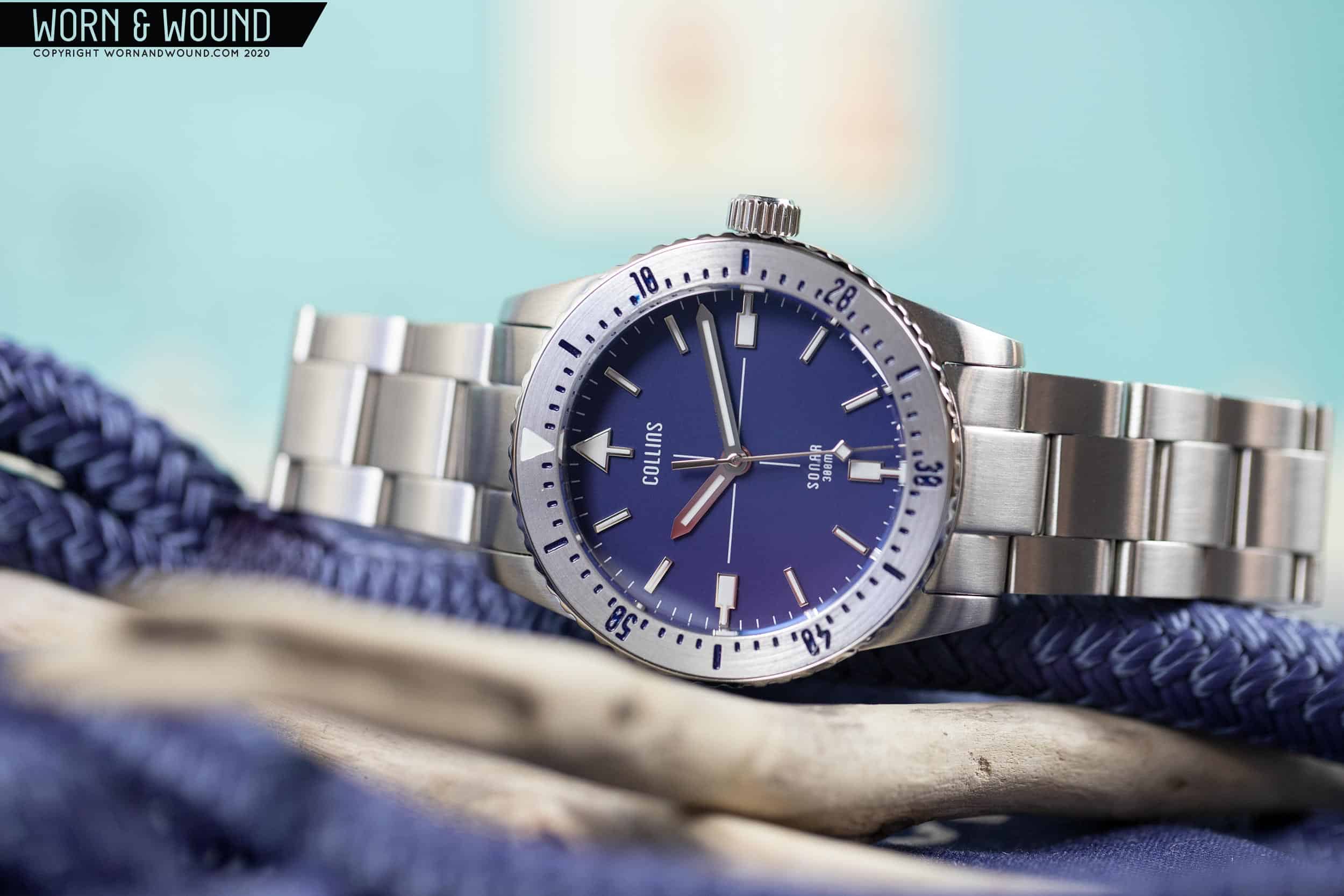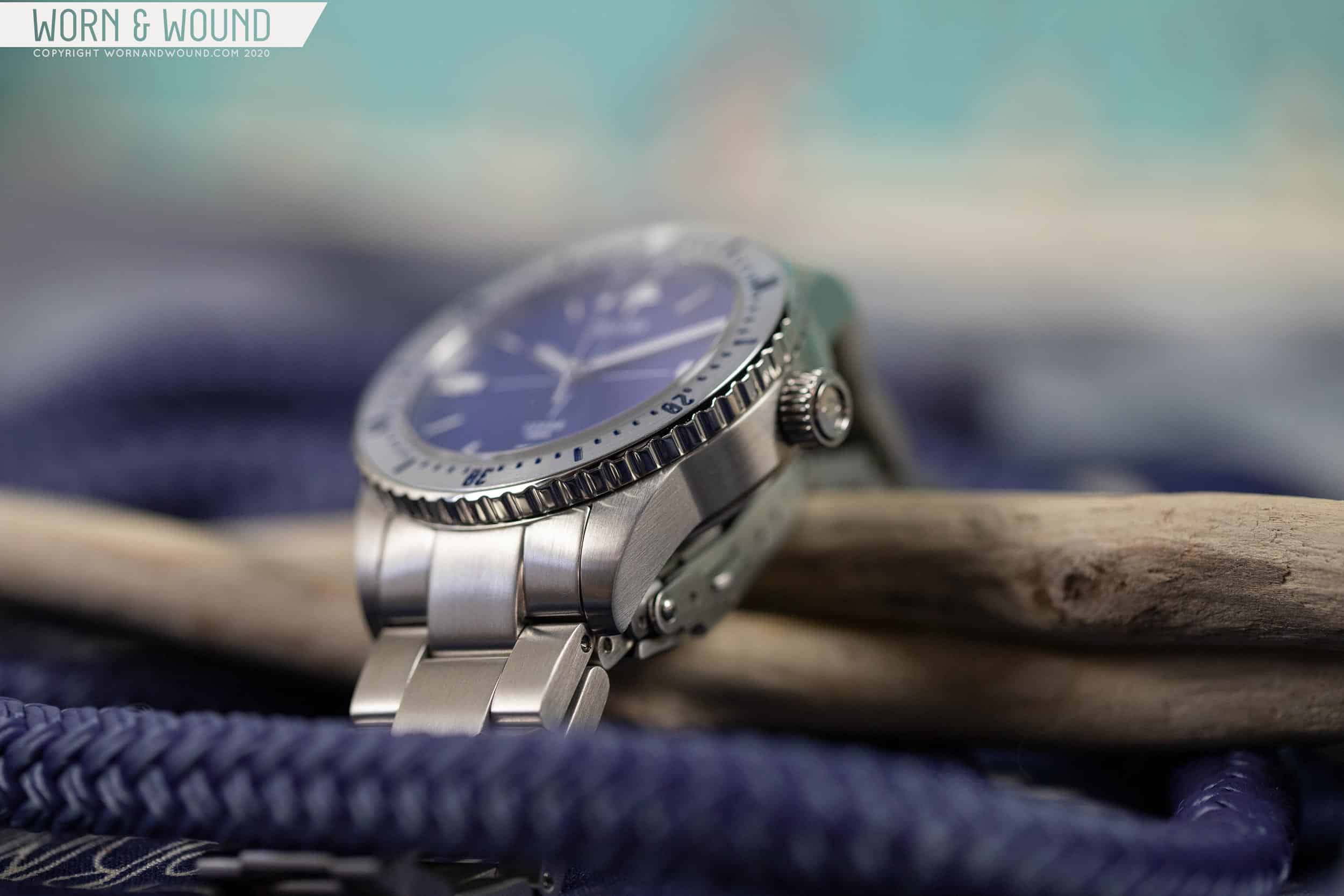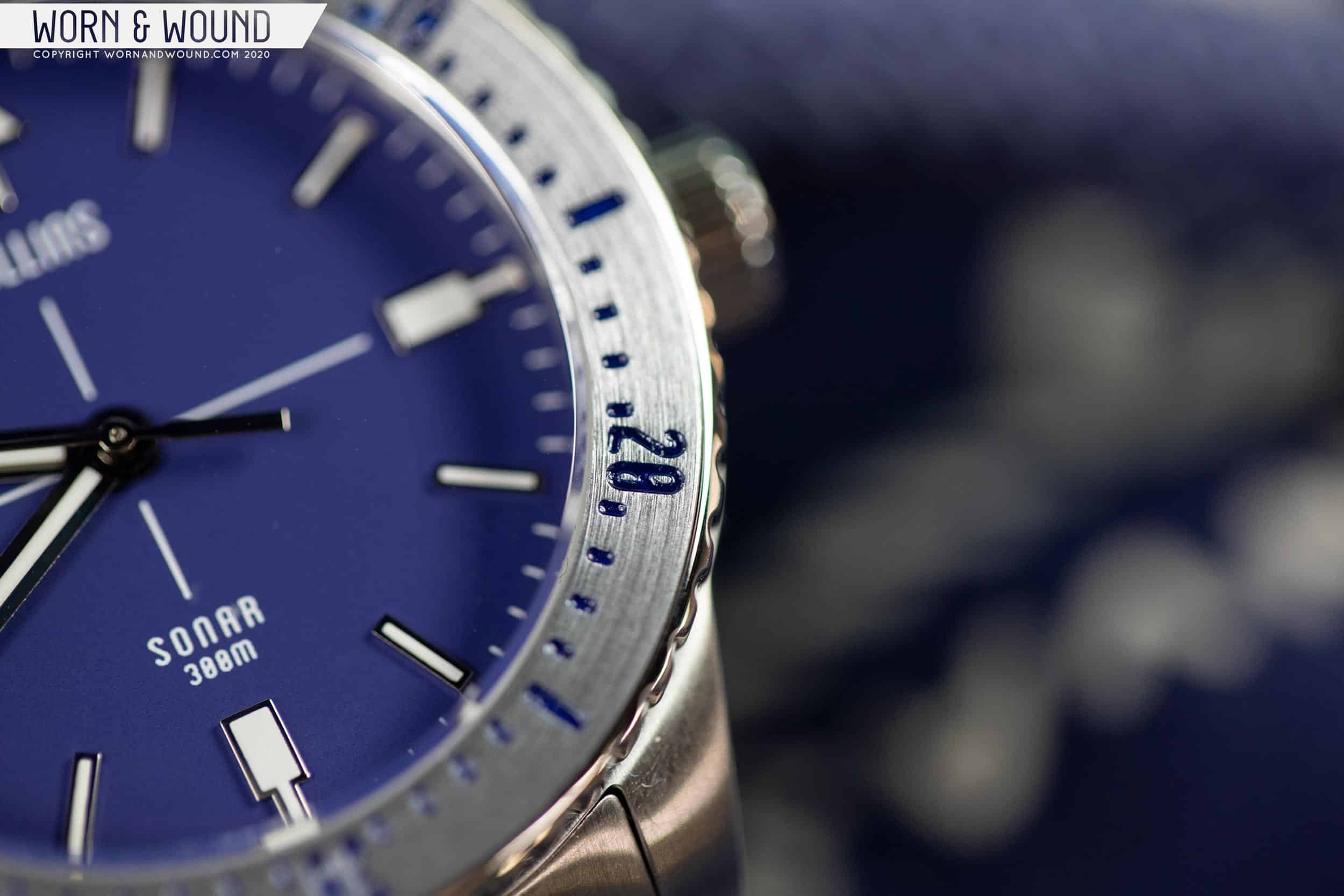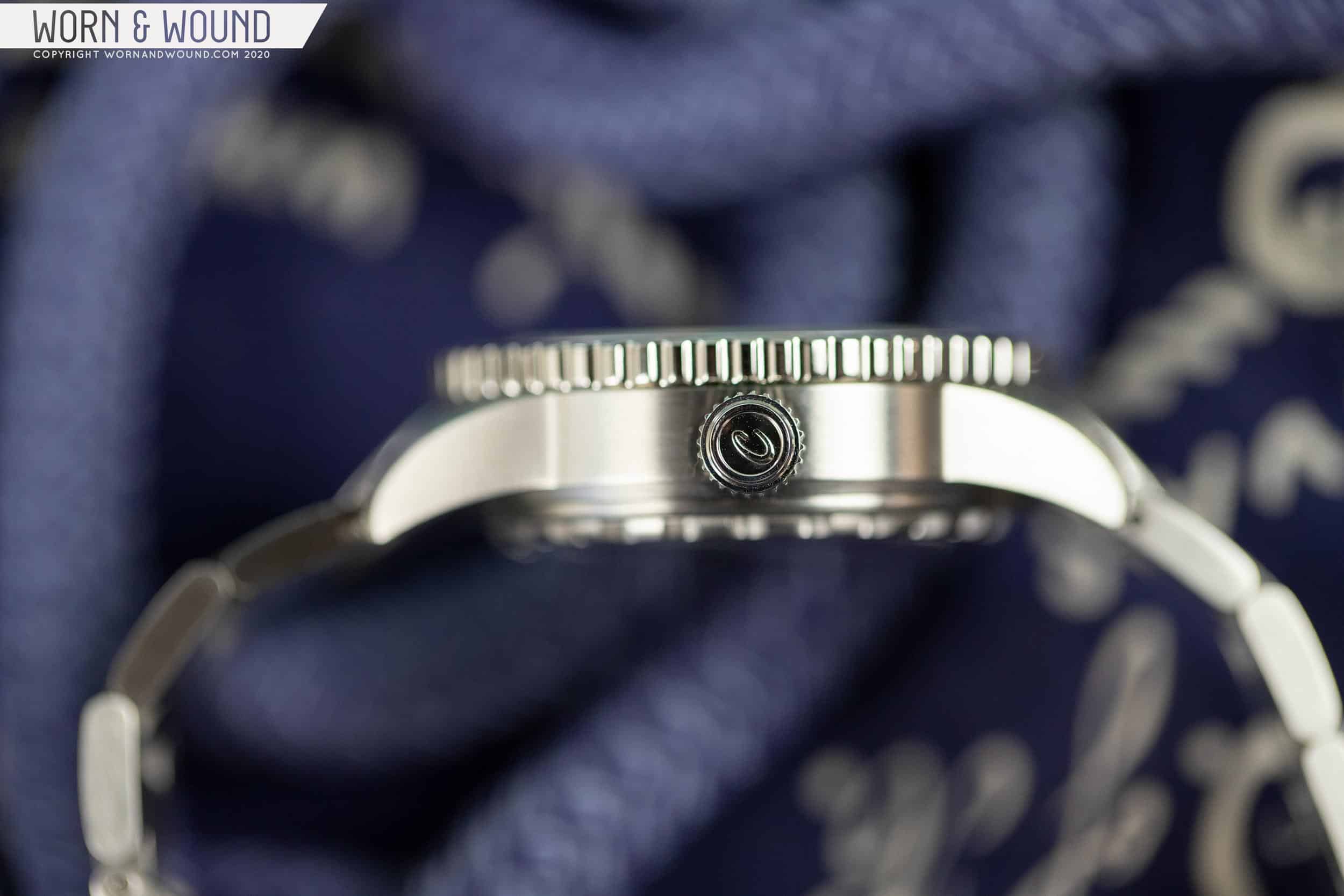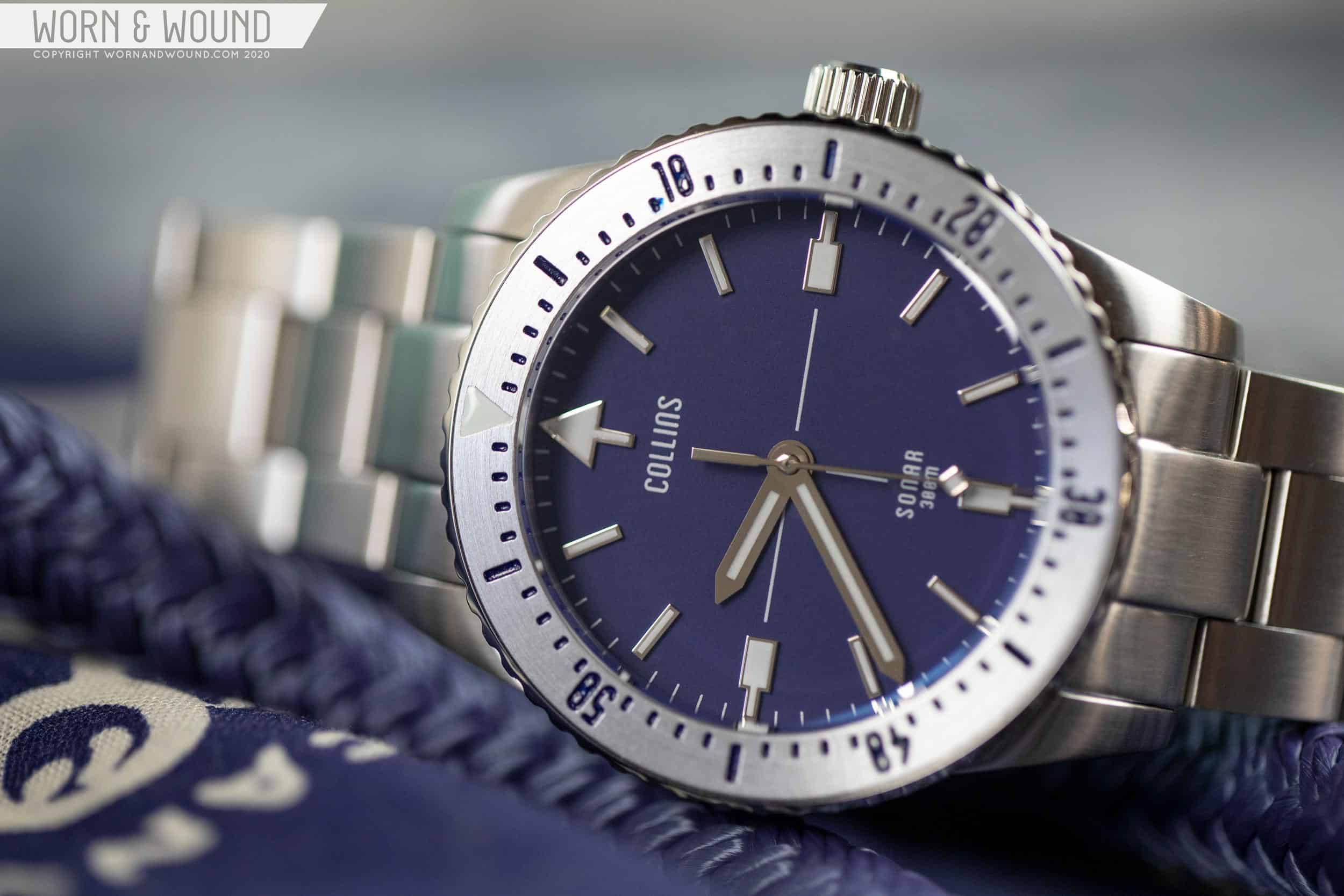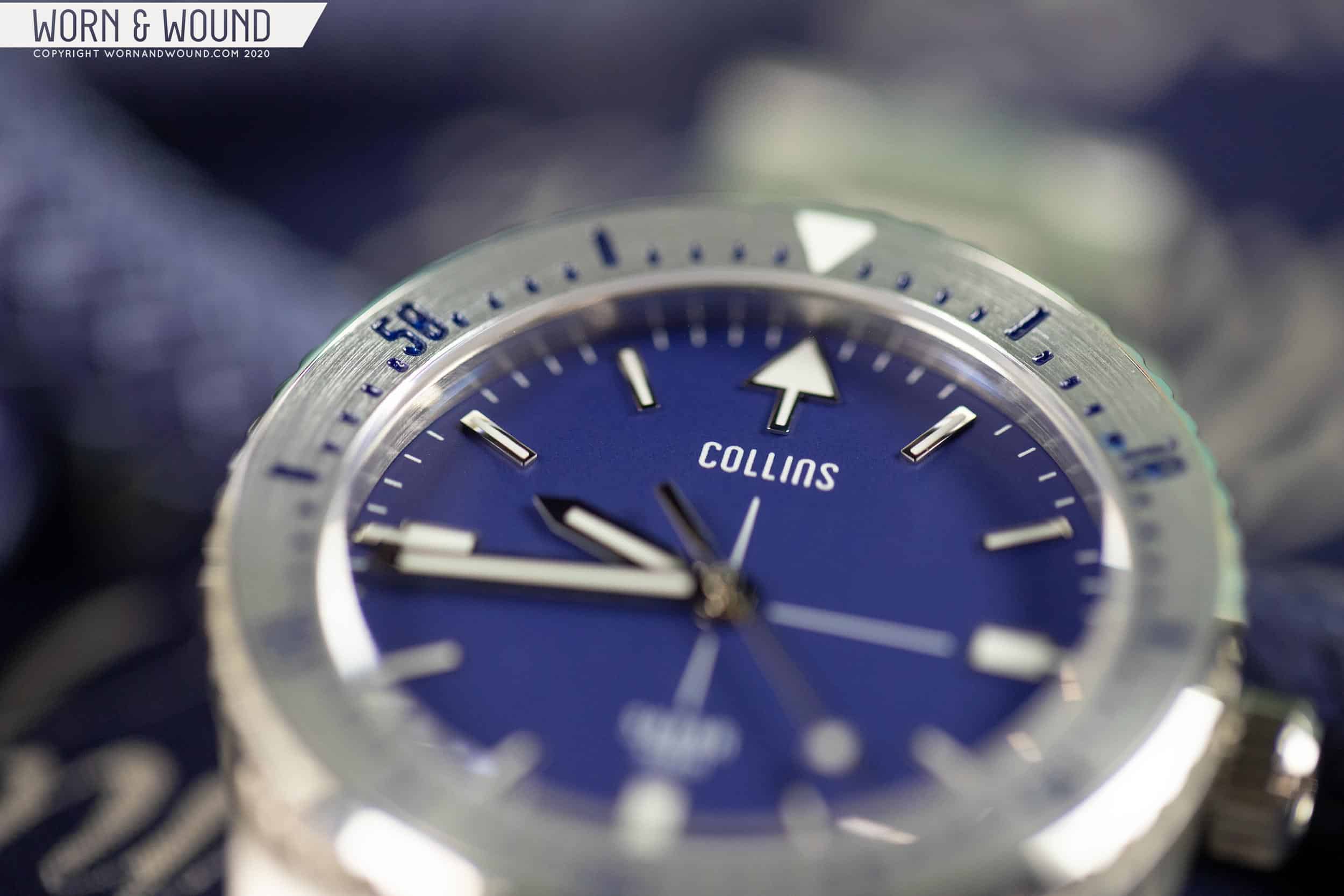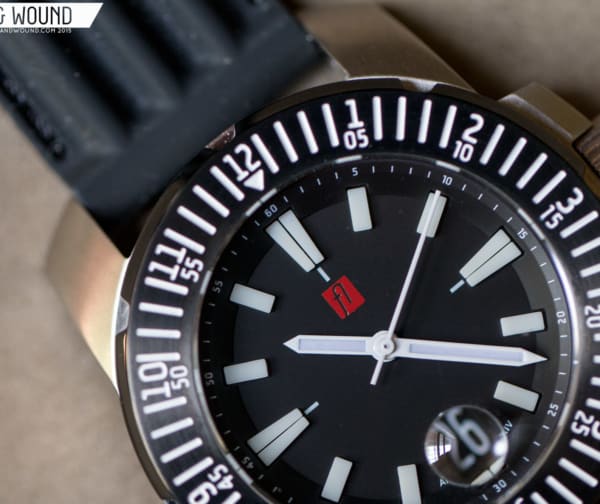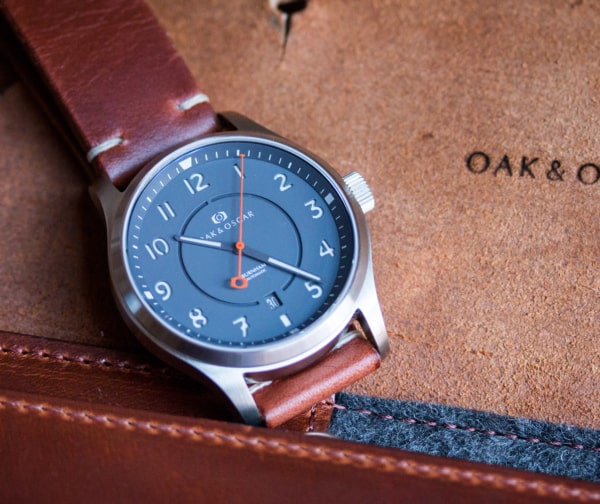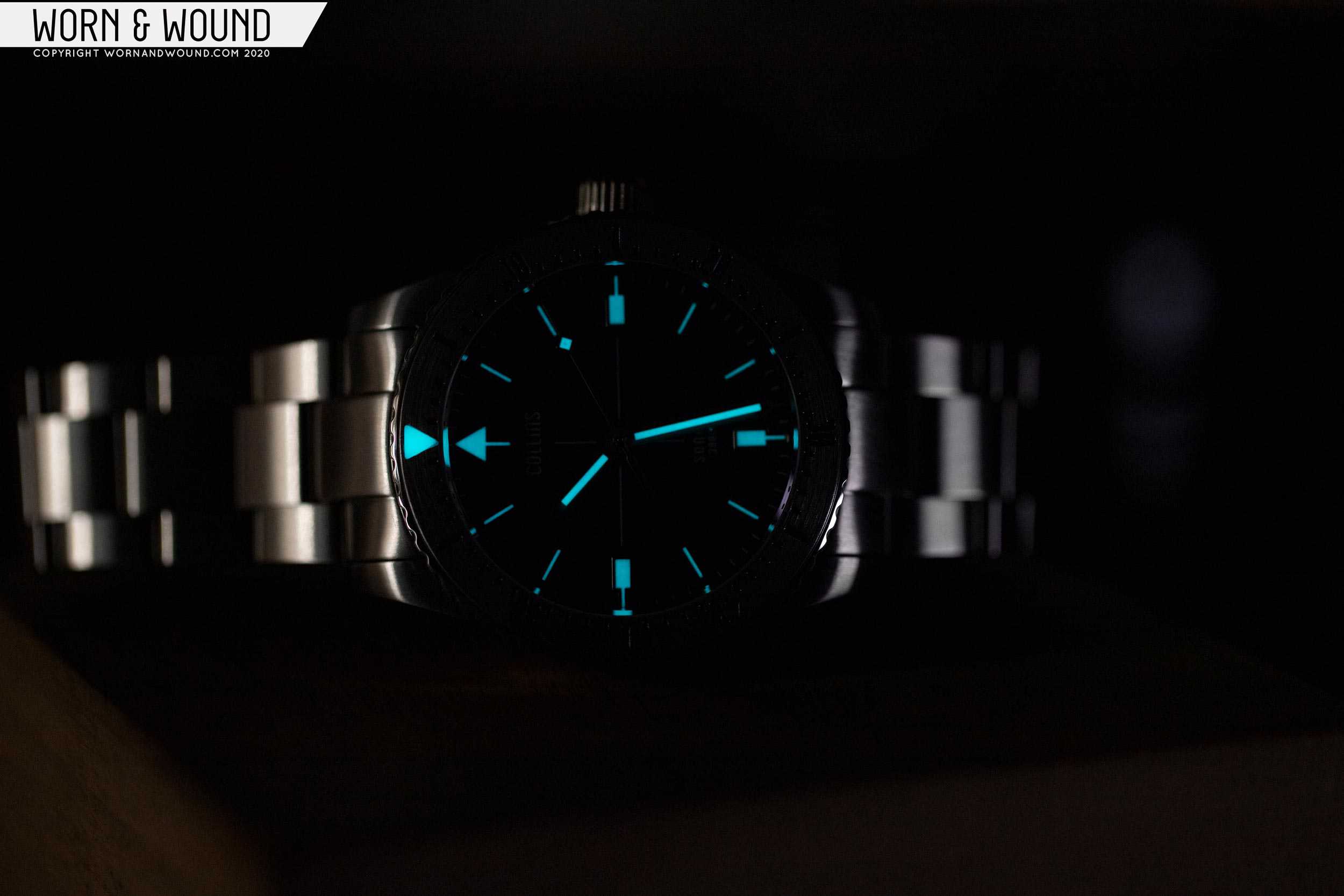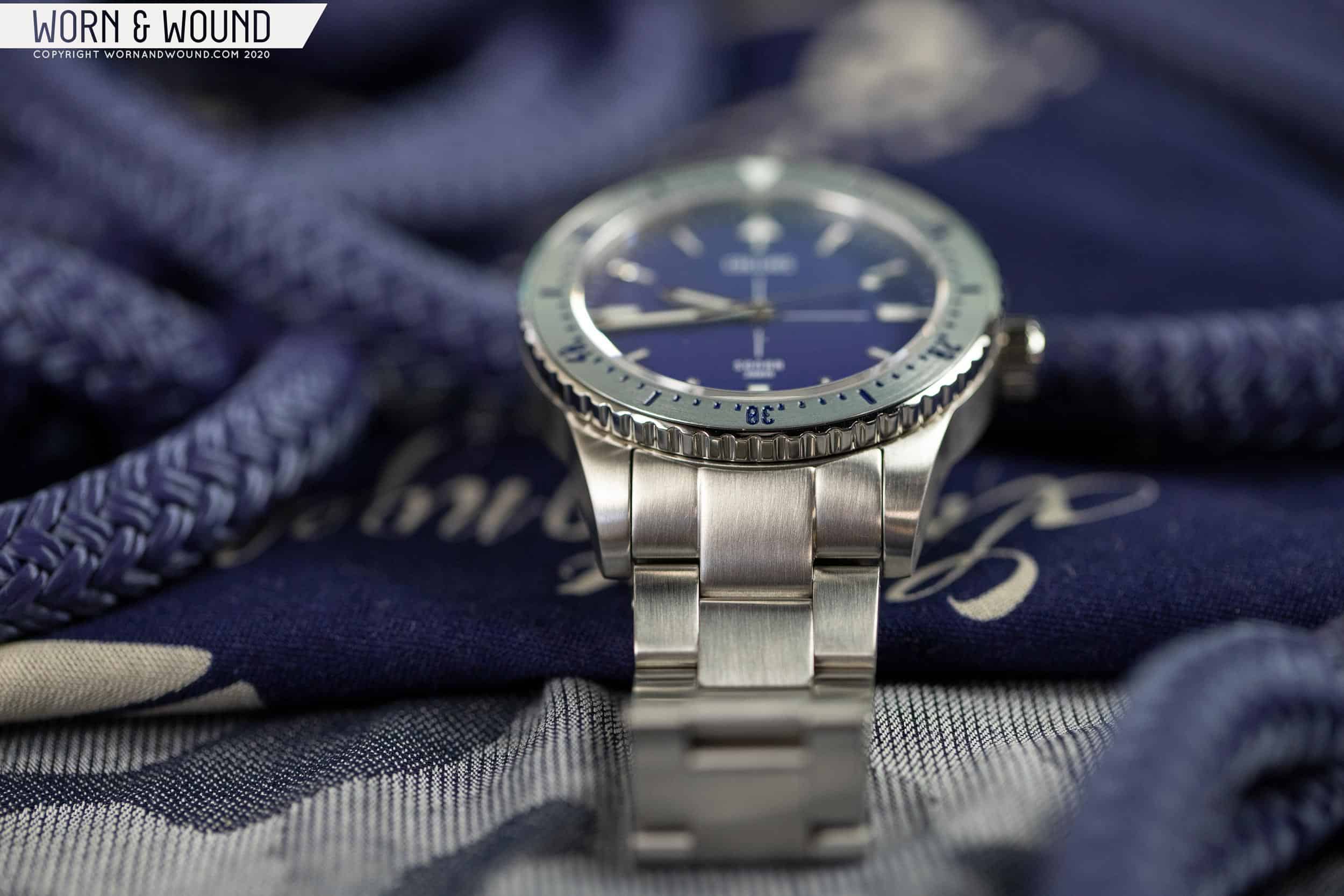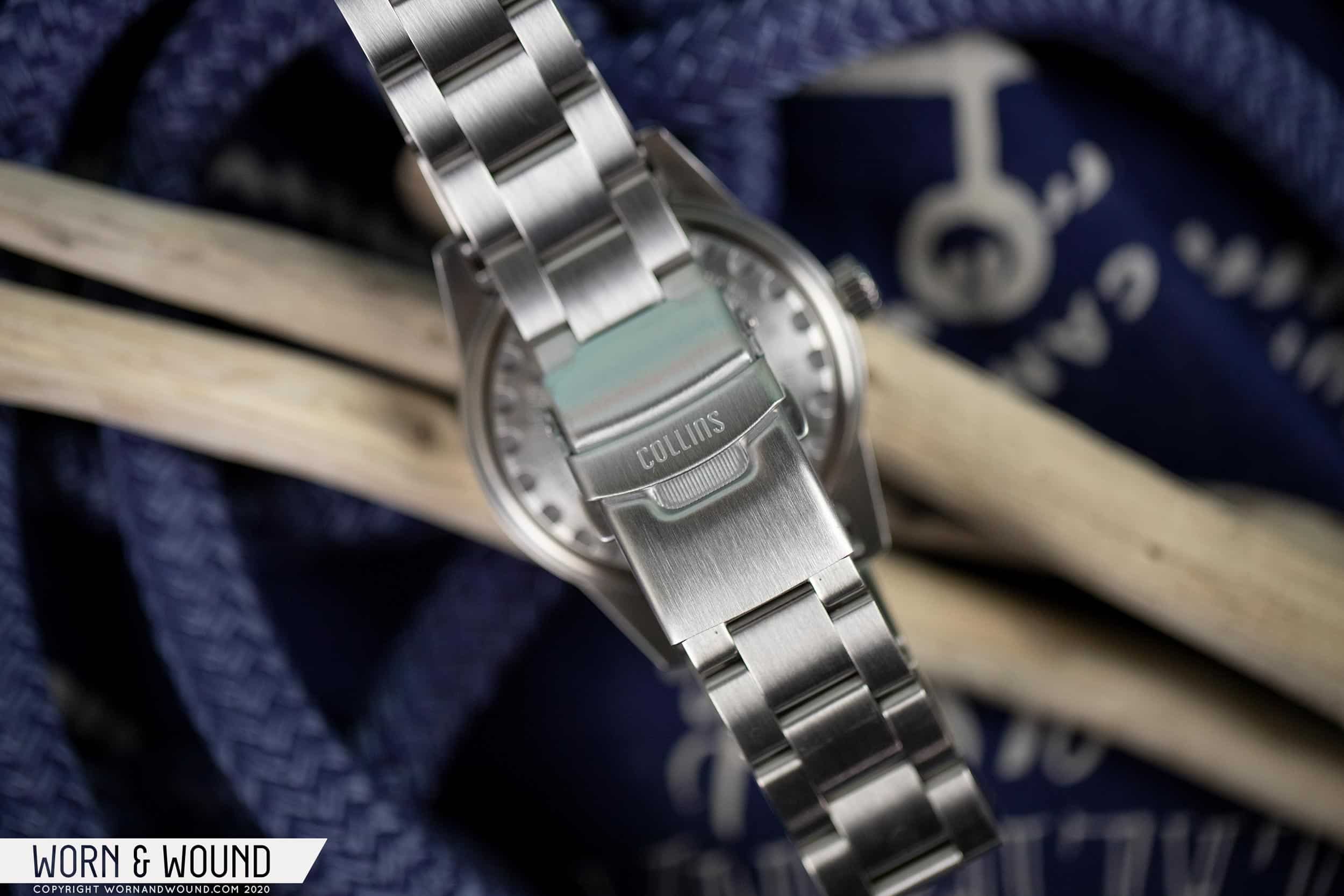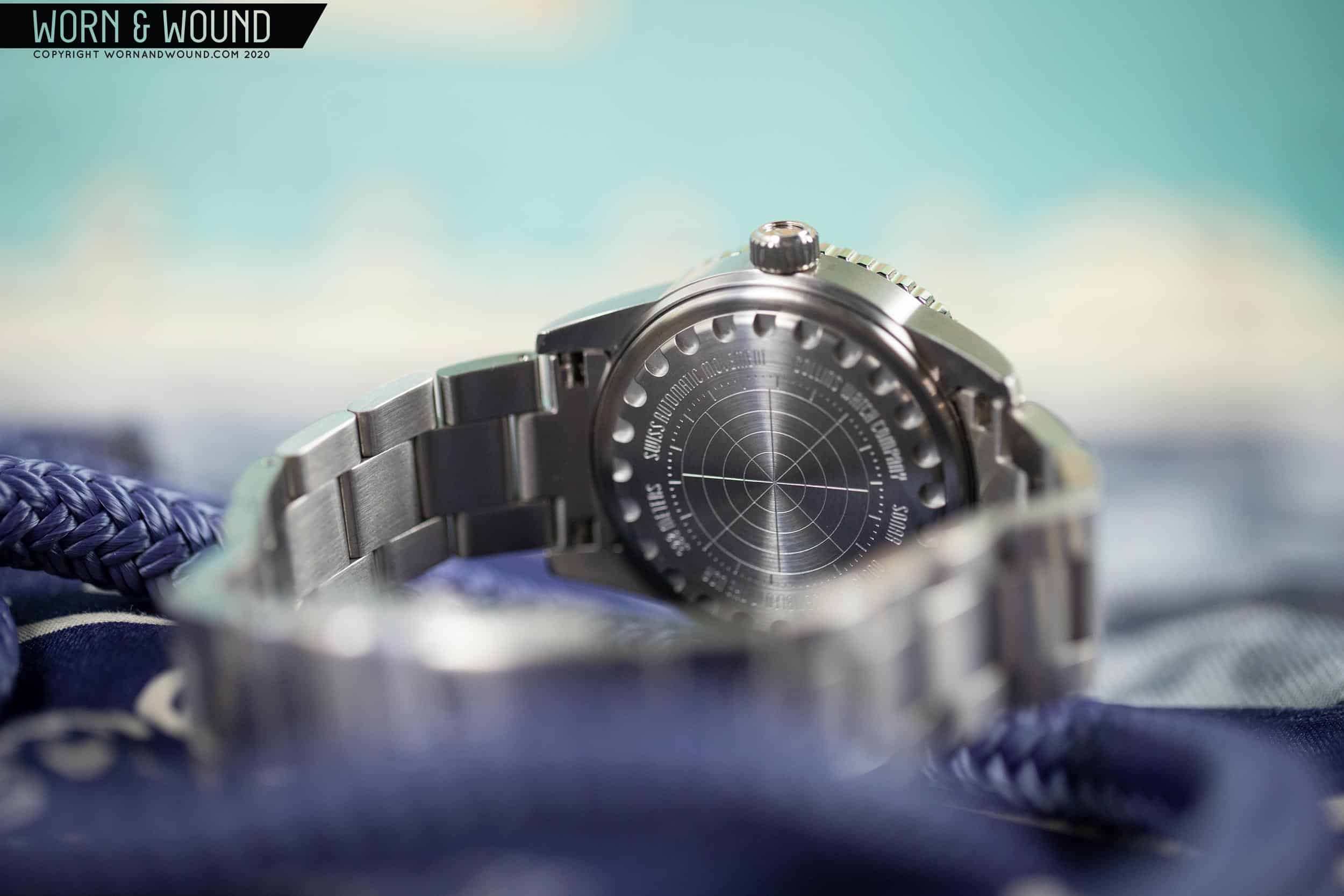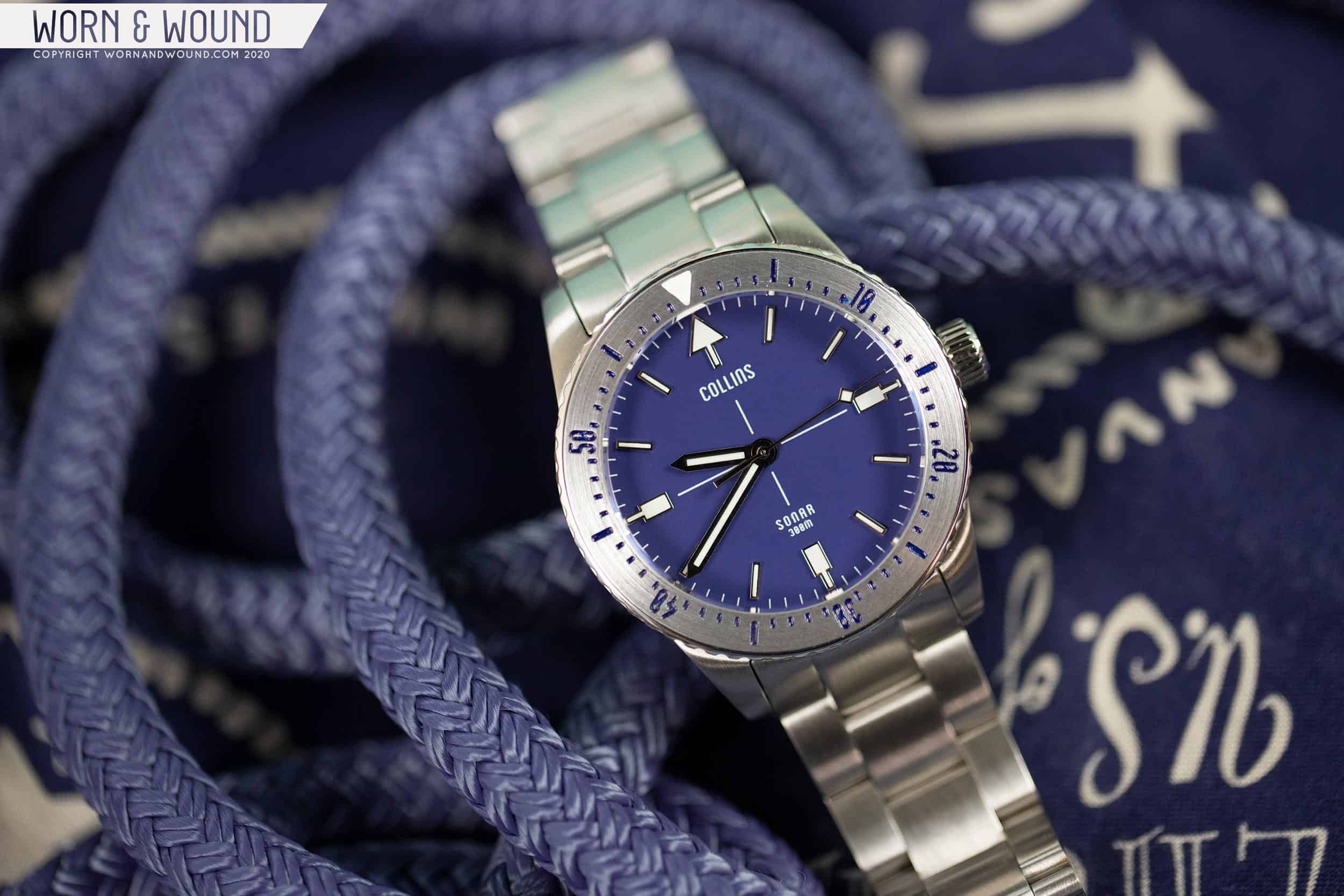Let’s talk about budget dive watches. I don’t think it’s an exaggeration to say that divers that represent value, whatever you define it as, are the most important segment in watches today. The dive watch is so ubiquitous and desirable by the non-diving masses that the term has become somewhat interchangeable with “sports watch,” the canopy under which a diver would usually sit. The reason for the diver’s popularity is pretty simple. In a world where getting “dressed up” for work, weddings, and other social events has an elastic meaning (and that’s before the global pandemic relegated most of us to a life of Zoom meetings and sweatpants), a watch that’s inherently casual makes a lot of sense. The dive watch is typically big, easy to read, goes with anything, and can stand up to daily abuse, whether that’s a deep submersion or simply whacking it against the door of a front loading washing machine. And, for the rare occasion when you do have to suit up, it doesn’t look out of place. If James Bond can do it, why not the rest of us?
So the diver is a natural choice, an all-purpose favorite, and the type of watch that you just can’t go wrong with. It follows, then, that it would be a critical watch for any brand to cover in their catalog if they’re interested in attracting new enthusiasts and having an evergreen product that will likely survive all manner of trends.
The Sonar is Collins Watch Company’s first dive watch. The brand’s previous watches, the Hyperion and Bronson, take inspiration from classic aviation watches, field watches, and – a bit surprisingly – audio equipment. The Sonar, though, seems to be a genuine departure in terms of design language, and that’s an exciting thing. Brand found Jimmy Collins is a designer by trade, with a history of designing eyewear, and his watches have always been loaded with the types of small details that don’t necessarily register immediately, but become rewarding after spending some time with them. The Sonar, with its use of bright primary color, is also just a lot of fun, and makes the Hyperion and Bronson look a bit conservative by comparison.









 Featured Videos
Featured Videos




